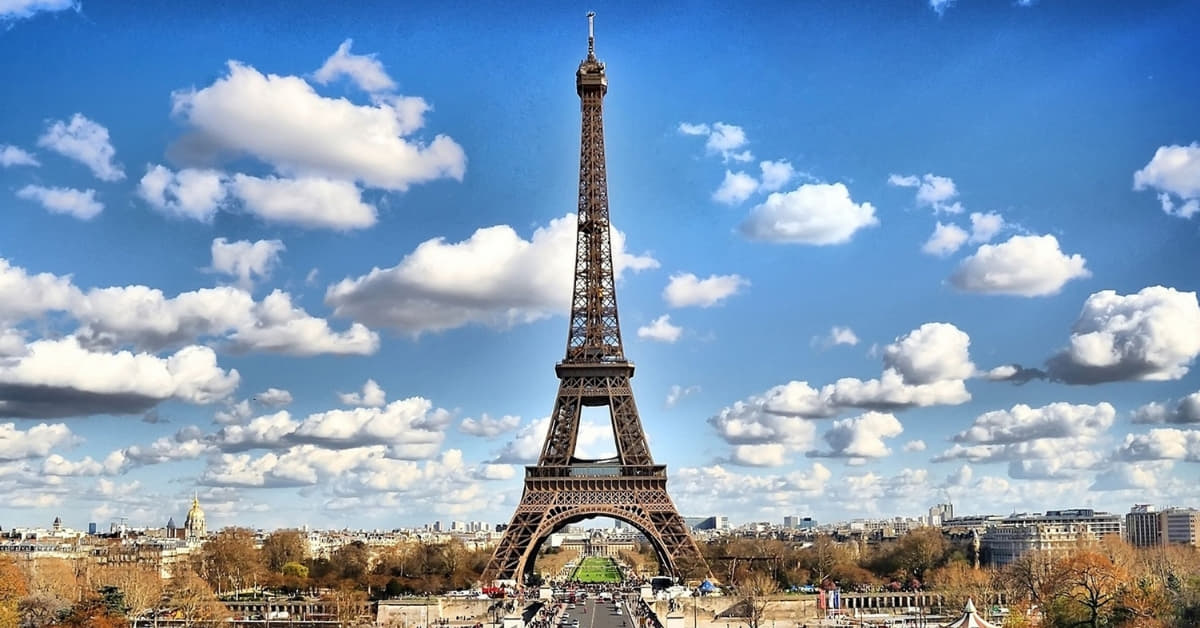In the ever-evolving world of photography and digital artistry, the use of raw images for retouching has become a game-changer. Raw images, untouched by in-camera processing, offer a plethora of possibilities for creative enhancement, making them an essential resource for photographers and graphic designers alike.
Understanding Raw Images
Raw images are uncompressed and unprocessed files straight from the camera sensor, containing a wealth of data that includes color information, exposure details, and more. Unlike JPEGs, which are already processed by the camera, raw images allow for greater flexibility in post-production.
Benefits of Using Raw Images for Retouching
- Maximum Image Quality:
Raw images retain the highest quality possible, ensuring that no details are lost during the retouching process. - Flexible Exposure Adjustment:
Raw files provide extensive control over exposure settings, allowing photographers to correct underexposed or overexposed areas without compromising quality. - Color Grading Precision:
Raw images allow for precise adjustment of color tones and hues, empowering photographers to achieve the desired aesthetic with accuracy. - Reduced Image Degradation:
Since raw images do not undergo compression, there is minimal loss of image quality during retouching, preserving the integrity of the original photograph. - Non-Destructive Editing:
Raw editing software enables non-destructive adjustments, meaning changes can be made without altering the original file, allowing for experimentation and fine-tuning.
Tips for Effective Raw Image Retouching
- Choose the Right Editing Software:
Opt for professional-grade software like Adobe Lightroom or Capture One to maximize your editing capabilities. - Master the Basics:
Familiarize yourself with basic retouching techniques, including exposure adjustments, color correction, and spot removal. - Preserve Skin Tones:
When retouching portraits, pay special attention to preserving natural skin tones for a realistic and appealing final result. - Experiment with Styles:
Use raw images as a canvas to experiment with different editing styles, from vintage looks to modern aesthetics.
FAQs
Are raw images only for professional photographers?
No, raw images can be utilized by photographers of all skill levels. They offer benefits such as improved image quality and flexibility in post-processing, enhancing the final result for anyone seeking to improve their photos.
Can I use any photo editing software for raw image retouching?
While many photo editing tools support raw image editing, it’s advisable to use professional-grade software like Adobe Lightroom or Capture One for a more comprehensive and effective retouching experience.
How much storage space do raw images occupy?
Raw files are larger than JPEGs due to their uncompressed nature. The file size varies based on the camera’s sensor resolution and the level of detail captured, so having ample storage space is recommended.
Are there any downsides to using raw images for retouching?
The main drawback is the larger file size, which requires more storage space. Additionally, working with raw images may demand a steeper learning curve for beginners compared to using simpler file formats.
Conclusion
Incorporating raw images into your retouching workflow can significantly elevate the quality and creative possibilities of your photographs. By understanding the benefits and mastering the techniques, you’ll unlock the true potential of raw images, bringing your artistic vision to life with precision and authenticity.
This page was last edited on 27 February 2024, at 6:07 pm
